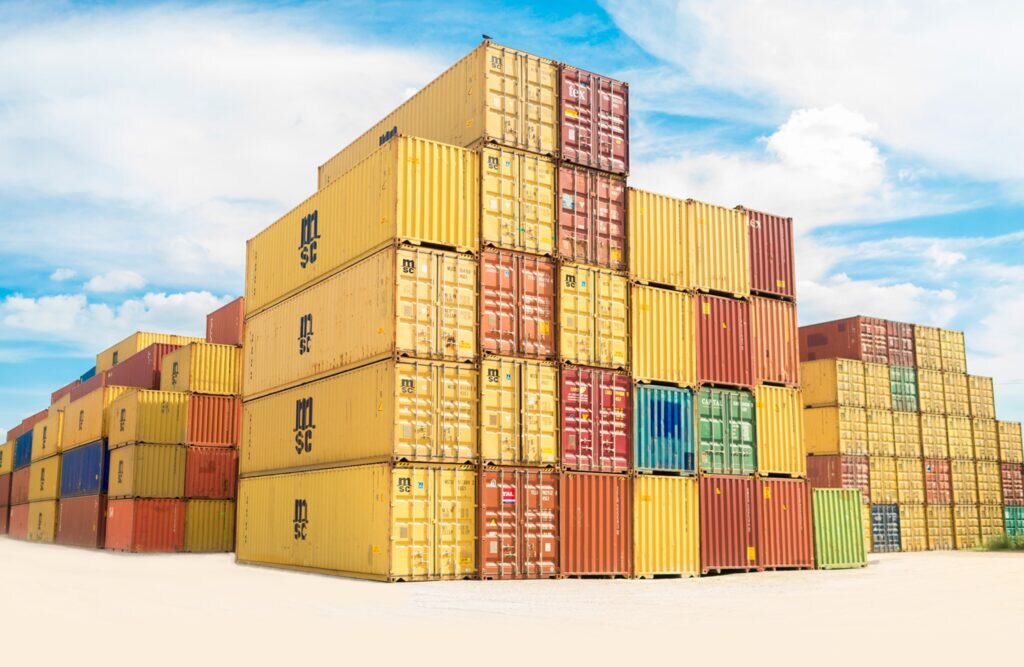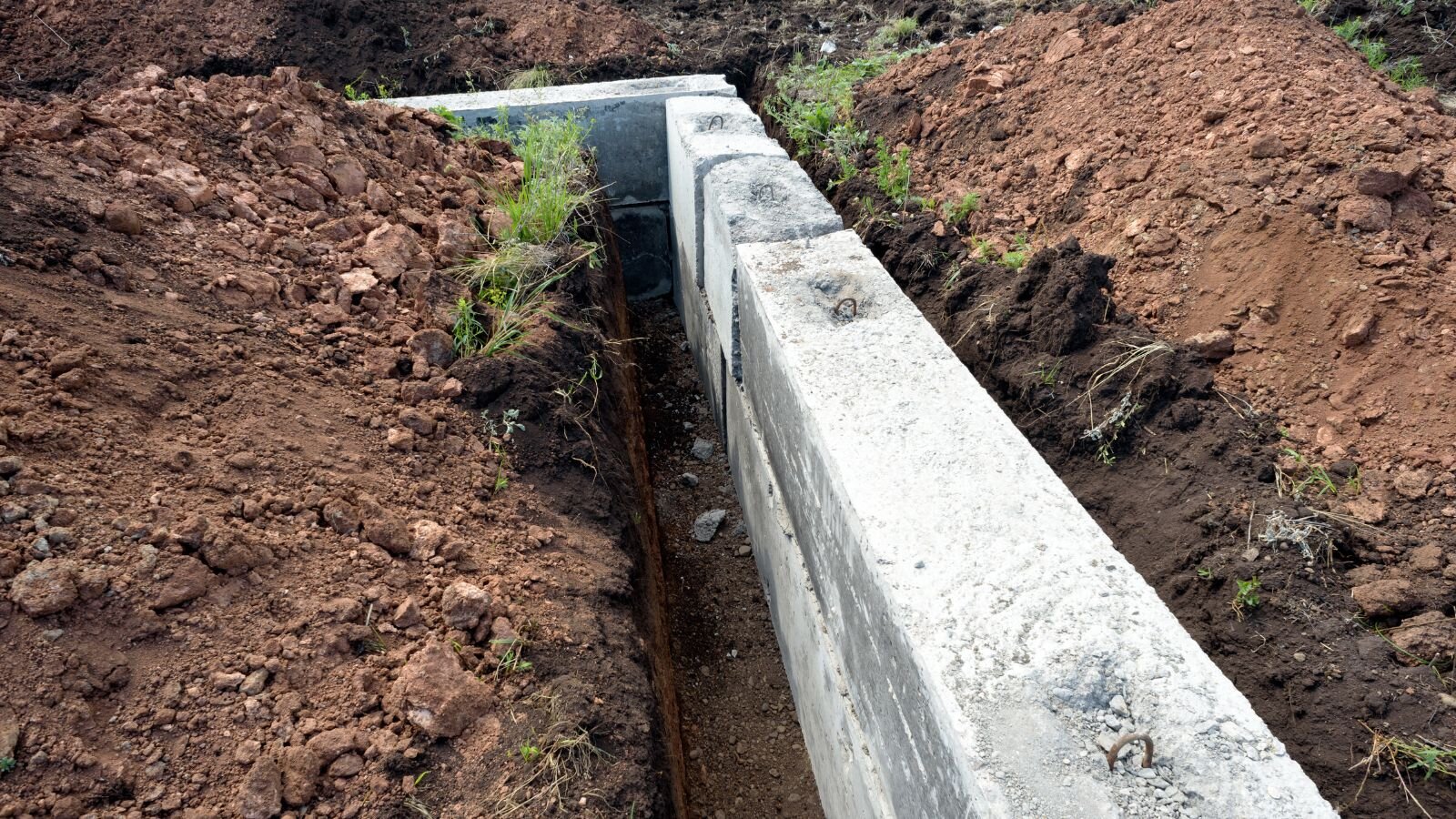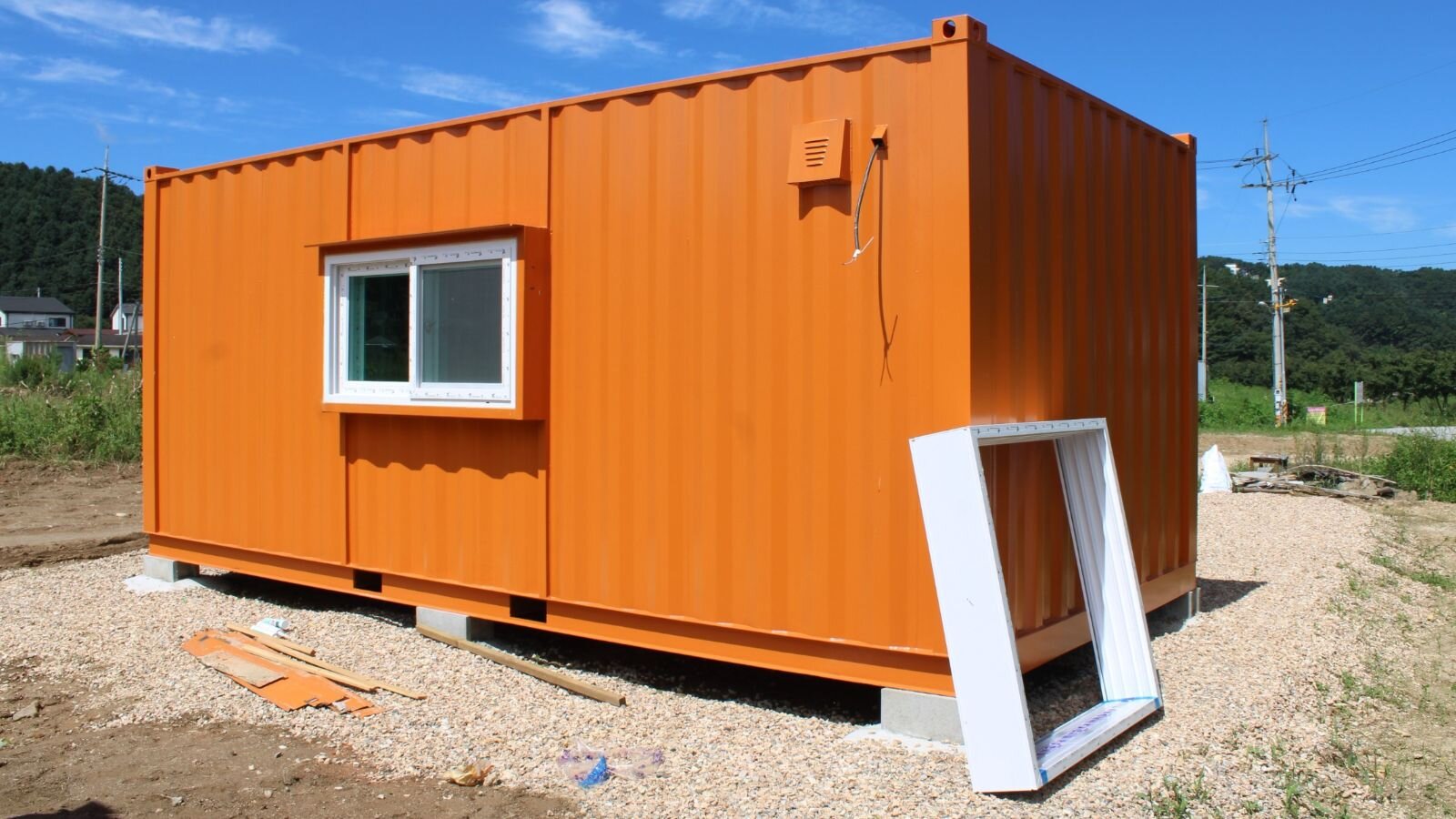Track my order
RESOURCES
How Are Shipping Containers Manufactured?
If you’re weighing up whether you want to buy used or new shipping containers for construction, storage, or trade, you might be curious to know where they come from and how they’re created beforehand.



Shipping containers are an increasingly popular commodity. In addition to their primary purpose of transporting consumer goods around the world, shipping containers are increasingly used as on-site storage units by homeowners and businesses wanting to keep their items close by. More recently, containers have even become common building materials for tiny homes, Airbnb rentals, and personal office spaces.
If you’re weighing up whether you want to buy used or new shipping containers for construction, storage, or trade, you might be curious to know where they come from and how they’re created beforehand. Here, we’ll break down the basics of shipping container manufacturing.
What Are Shipping Containers Made Of?
The main material used for manufacturing shipping containers is COR-TEN steel. The name COR-TEN refers to “corrosion resistance” and “tensile strength.” It’s commonly called “weathering steel” because it’s designed to withstand exposure to the elements. This makes it a great material for shipping containers, which are consistently exposed to wind, rain, snow, sunshine, and seawater in their 12-15 years of shipping.
The wall panels for shipping containers are made of corrugated COR-TEN steel. Corrugation is the process of folding sheet metal so that it has ridges and grooves to increase its rigidity and strength. Corrugated steel is able to withstand more weight without bending — a crucial quality for shipping containers, which are routinely stacked on top of each other throughout the shipping process.
How Are Shipping Containers Made?

Shipping container manufacturing is no simple feat. It requires a specialized facility and a large team to craft the containers. Once built, there are multiple waves of testing to complete before the shipping container manufacturer deems it ready to send out into the world.
Here are just some of the steps in shipping container manufacturing.
Step 1: Wall Panels
The shipping container manufacturing process begins with the wall panels. Steel sheets are sandblasted, primed and then corrugated, giving them that iconic “rippled” texture.
The steel sheets are then welded together to create larger wall panels. Then, tubing is added to the ends of the panels. This will help connect the shipping container’s roof and floor later on.
Step 2: Floor Framing
Once the wall panels are done, the shipping container manufacturer will build the floor frame. Large and small I-beams are welded to form the frame of the floor. I-beams are steel beams frequently used in construction, as they add strong structural support and offer good resistance against bending.
Shipping containers are designed to carry tons of cargo, ranging from consumer goods to heavy machinery. Standard 20ft shipping containers, for example, have loading capacities of 62,016 lbs/28,130kgs. I-beams are excellent shipping container materials because they can help the floors hold that cargo without bending or breaking.
Step 3: Doors
After the floor framing, it’s time to tackle the doors. Shipping container doors are made of steel panels that sit inside a frame of square steel tubing. A rubber seal is wrapped around the edges of the doors to guarantee that they are — and remain — watertight.
Step 4: Corner Posts
Corner posts (also known as corner fittings) are welded to the I-beams of the floor frame. When shipping containers are stacked on top of each other, their corner posts line up. The posts need to be structurally sound and durable so they can hold up the weight of the containers above them without bending or bowing.
Corner posts are also essential for easy transportation. Cranes at ports and shipping yards can lift the container by the corner posts and move it safely to another location.
Step 5: Assembly
The next step of the shipping container manufacturing process is assembly. The door panels and the side-wall panels are placed into position on the floor frame and welded into place. A roof panel is lowered on the top and welded shut, enclosing the structure.
Step 6: Painting
Once the structure is built, it needs to be primed and painted. Painting doesn’t just give the container a “finished” look — it has a practical use, too. Painting a shipping container provides additional layers of protection for the shipping container’s raw structure. This helps to maintain the integrity of the shipping container’s steel for as long as possible.
Step 7: Flooring
A layer of wooden flooring is placed over the steel floor frame and screwed in. This shipping container material is treated with a protective coating to prevent pest infiltration and water damage.
Step 8: Hardware
The shipping container manufacturer attaches hardware — like door handles and locks — to the door panels. (Additional hardware, such as bolt-on locks, can be added post-purchase using a container modification kit).
Step 9: Labels
Labels for identification codes, logos and safety instructions are added to the container.
Step 10: Waterproofing
A waterproof sealant is also added to the bottom of the container. Once applied and dried, the container goes through a waterproofing test. During the test, the container is soaked in water and then inspected for any vulnerabilities. If it’s proven to be watertight, the shipping container manufacturer deems the product to be ready for use.

Where Are Shipping Containers Made?
The majority of the world’s shipping container manufacturing happens in China. The country’s manufacturers create the most dry-shipping and refrigerated containers (also known as “reefer containers”) in the world. China’s biggest shipping container manufacturers include China International Marine Containers, Dong Fang International Containers, and CXIC Group.
Why China? China is statistically the largest exporter of goods in the world — even more than the United States. It has hundreds of ports and terminals along its coastline. The manufacturing industry also receives a lot of government support, making it a convenient location for shipping container manufacturers to thrive.
Where Can You Get a Shipping Container?
You can purchase various types of shipping containers through our website. Unsure what type of shipping container you need? Read our tips for buying a shipping container to better understand the options available to you.
Once you’ve chosen the right container for your use case, you can complete your purchase and schedule your delivery. The shipping container will be delivered to your set location. Before offloading the container, you should do a brief inspection of the structure to double-check that it’s up to your standards. To learn more about what to expect from your shipping container delivery, read our shipping container delivery guide.

About Nina Barango
Nina Barango is an experienced content marketer and container expert with a proven track record in the tech and logistics industry. Having worked with various startups and SMEs, she bridges the world of marketing, tech and shipping containers. When she's not creating content that'll revolutionize global container trade, you can find Nina reading a book or mastering her video editing skills.







Continue Shopping
Loading cart